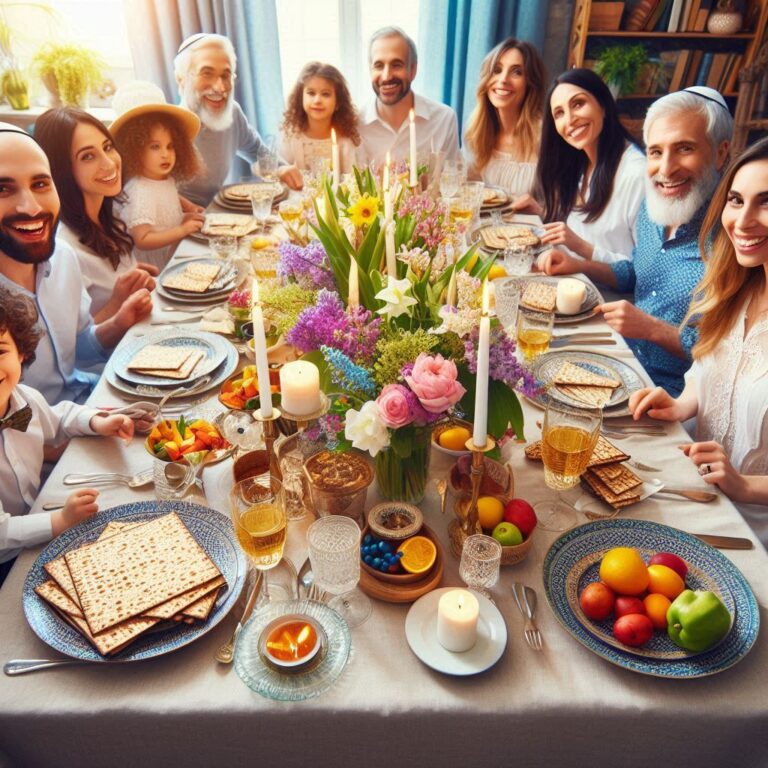Passover – The Festival of Freedom and Its Unique Traditions

Passover – The Festival of Freedom and Its Unique Traditions
Passover, one of the central holidays in Judaism, commemorates the Exodus of the Israelites from Egypt and their transition from slavery to freedom. Over the generations, unique traditions have developed, accompanying the holiday and preserving its values and story. Below are some of the key traditions, along with elaborations on each:
1. The Passover Haggadah
The Haggadah is the book that recounts the story of the Exodus from Egypt and serves as a guide for conducting the Seder night. It includes prayers, songs, and interpretations alongside precise instructions for the Seder. The Haggadah emphasizes passing on the story of freedom to future generations, while highlighting values of liberty, faith, and community.
2. The Afikoman
Half of the middle matzah on the Seder plate is set aside as the Afikoman—a symbol of future redemption and the final portion of freedom. The tradition of children “stealing” the Afikoman adds an element of playfulness to the holiday, encouraging their engagement during the festive meal.
3. Elijah’s Cup of Wine
This tradition involves placing an additional cup of wine on the table as a symbol of hope for Elijah the Prophet’s arrival, heralding redemption. During the evening, the door is opened as an act of faith and optimism for the coming year.
4. Judaica in the Seder Night
Judaica items, such as silver goblets, decorative plates, and unique Haggadah sets, are elegantly incorporated into the Seder. They symbolize the significance of the holiday and the Jewish cultural heritage. Judaica not only honors tradition but also plays a role in transmitting values from generation to generation.
Beyond the main traditions, there are other customs that vary by community and family heritage, all of which enhance the connection to the holiday and its meaning:
Eating Matzah and Maror
Throughout the holiday, eating chametz is forbidden, and there is a commandment to eat matzah, symbolizing the haste with which the Israelites left Egypt. Maror (bitter herbs), representing the bitterness of slavery, is a central part of the Seder meal..
Celebrating Mimouna
Among Moroccan (and other) communities, the holiday ends with Mimouna—a celebration of hospitality and traditional dishes made with flour, such as moufletas, symbolizing freedom and abundance.
Counting the Omer
From the second night of Passover, the counting of the Omer begins—a daily count leading up to Shavuot. There are unique customs associated with this period.